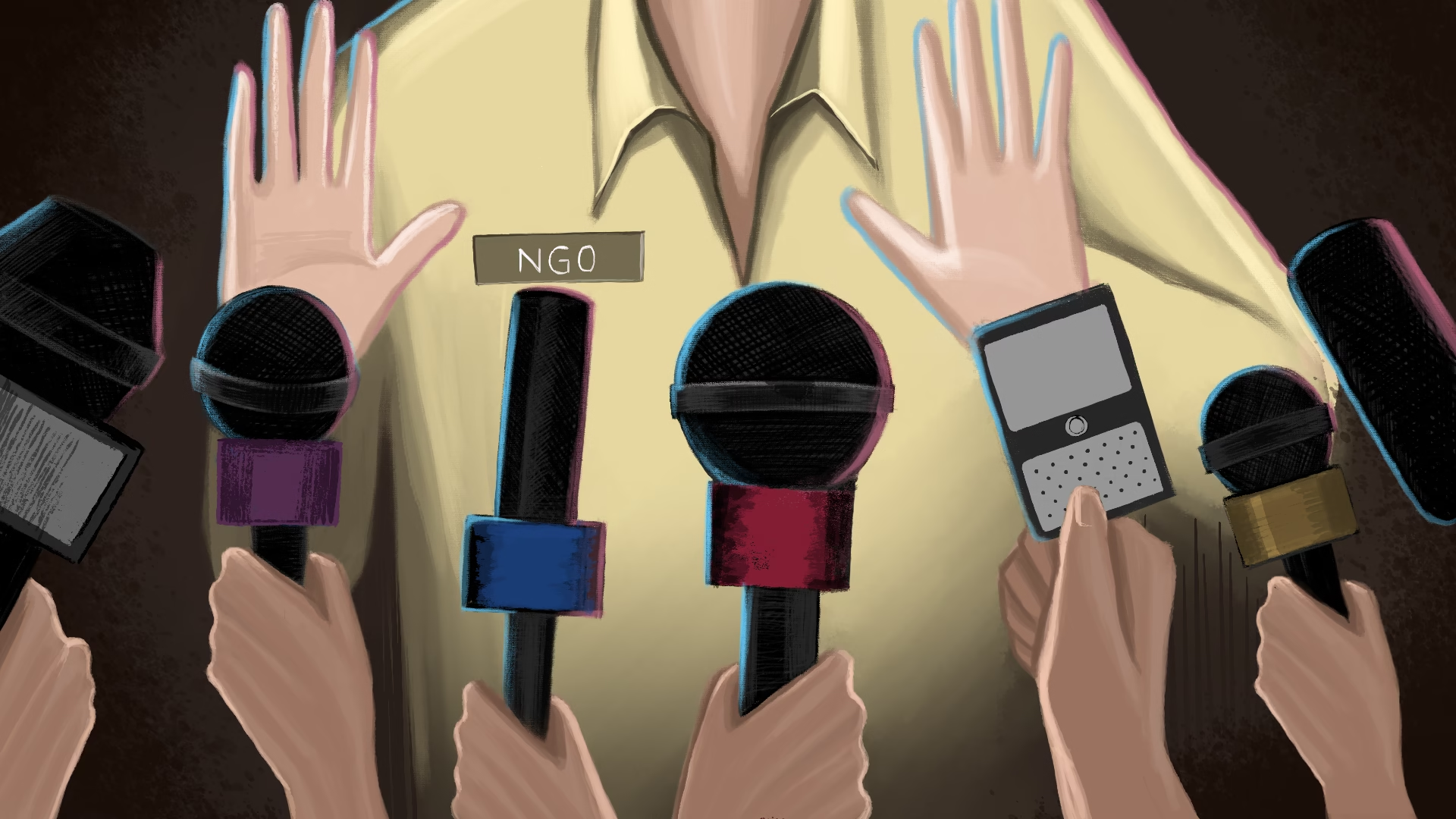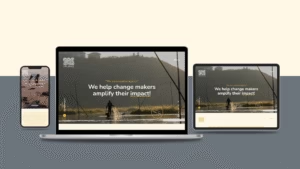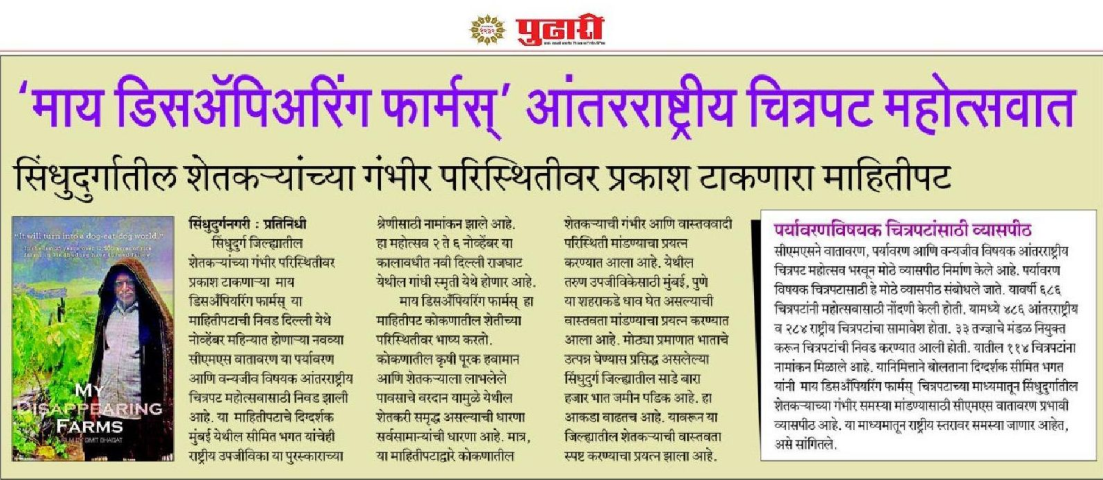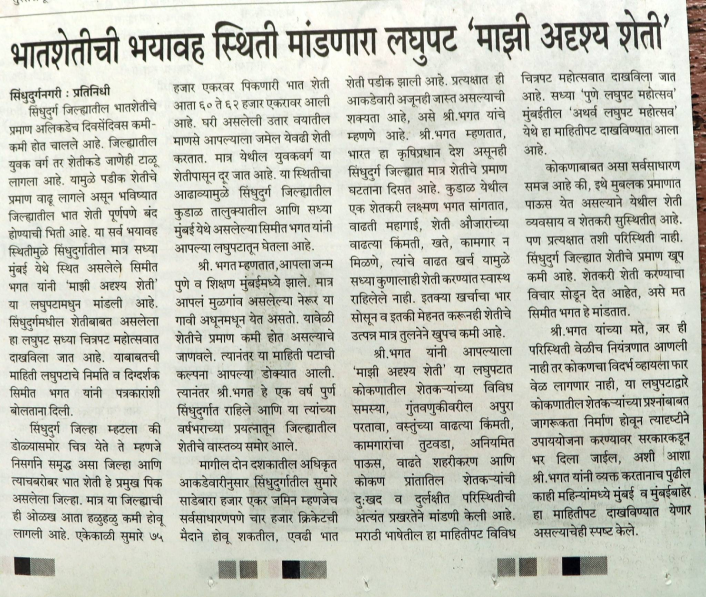The phone wouldn’t stop ringing.
Volunteers stood on the roadside, frozen. A delivery truck meant to carry meals to families had tipped over. Thankfully, no one was hurt—but the damage was done. Rice, pulses, and vegetables were scattered across the street. Someone filmed it.
Within hours, the video had gone viral.
Messages poured in. Some were kind. Others accused the organisation of negligence. Reporters asked for statements. Donors had questions.
Suddenly, it wasn’t about the truck. It was about trust.
So, when a crisis unfolds publicly, how should nonprofits respond? Let’s look at how they can manage tough moments with honesty, clarity, and a cohesive guide.
1. Know What You’re Dealing With
First, not every crisis is the same.
A reputational crisis hits your image. Think of allegations, misuse of funds, or staff misconduct. Meanwhile, a situational crisis is caused by external forces—natural disasters, pandemics, or policy shifts.
Either way, you might not control the trigger. But you do control the response.
Take Oxfam India, for example. In 2020, the Ministry of Home Affairs denied them FCRA renewal. It affected their COVID-19 relief in 16 states.
CEO Amitabh Behar didn’t lash out. Instead, he issued a thoughtful, mission-focused statement: “The impact of this decision will be felt by the 1.5 million vulnerable people who depend on our support in times of crisis.”
He acknowledged the consequences while reminding the public of what Oxfam stood for, reaffirming their values to steady the organisation through uncertainty. A spokesperson, ultimately, should be knowledgeable, empathetic, and able to stay calm under pressure.
2. Have a Plan in Place
If you’re figuring things out after the headlines break, it’s already late.
A crisis communication plan doesn’t need to be fancy. But it should clearly define who speaks, what gets said, and how quickly you respond.
Air India offers a real-world example. During the early months of COVID-19, confusion around flights and safety was spreading fast.
“There was a lot of chat around HEPA filters… and people not being able to reach their hometowns,” said Reva Malhotra, a seasoned public relations professional, who supported the crisis campaign. “It was affecting the airline’s reputation.”
Her team focused on telling positive stories. They reached out to travellers and influencers to share honest, human experiences. Staff flying on emergency missions. Families finally reunited.
“We focused on the positive side of the story… and once that gained traction, the negativity started to fade.”
The campaign earned over a million impressions. More importantly, it shifted how people were engaging with the brand.
3. Choose the Right Voice
A strong message is only as effective as the person delivering it.
Sometimes the CEO is best placed to respond. Other times, a seasoned communications lead is more appropriate—especially when speed and nuance are needed.
What matters is that the spokesperson is calm, informed, and trusted. Furthermore, they must align with your values and be ready to answer tough questions with empathy.
This isn’t just about damage control—it’s about showing leadership when it counts.
4. Start From the Inside
In a crisis, communication should move like ripples in a pond.
Start by updating your board and leadership. They need to be looped in quickly.
Then move to your staff and volunteers. These are your frontline communicators—make sure they have the right context and language.
Next, reach out to your beneficiaries. Let them know what’s happening, and how it may affect services.
Finally, talk to the public. Be honest. Keep it simple. Additionally, don’t speculate—just share what you know, what you’re doing, and what comes next.
This layered approach ensures everyone hears the right message at the right time.
5. Let the Facts Do the Talking
Crises often stir emotion. Meanwhile, facts provide the anchor.
In 2020, Akshaya Patra Foundation faced criticism for excluding garlic, onions, and eggs from their school meals. Some worried that the food wasn’t nutritious enough.
But the Foundation didn’t dismiss these concerns. Instead, they offered transparency.
“When it comes to children, we follow what the MHRD and state government say,” explained Naveena Neerada Dasa, Head of Strategic Affairs and Communications at ISKCON. “We try to add a few more food items to help the child… The government doesn’t say we should give curds or fruits, but we provide that in every meal.”
He added: “The rice, milk, and oil that we serve are all fortified. It is not specified by the MHRD, but we do it because it’s important.” Additionally, they shared how turmeric, drumsticks, and green leafy vegetables were included as natural sources of nutrients.
Their calm, data-backed response helped ease public doubt—and reinforced their long-standing commitment to children’s health.
6. Transparency Builds Trust
Sometimes the hardest thing to do in a crisis is stay open. But transparency shows you have nothing to hide.
In 2015, Greenpeace India lost its FCRA registration. There were claims about its funding. But rather than pull back, they addressed the issue head-on.
In a public statement, they clarified: “We are committed to transparency in our funding and operations… and we will continue our work with the support of individuals and communities across the country.”
They kept campaigning. Kept showing up. Kept communicating with the people who mattered.
Moreover, they reminded their supporters that their funding came mostly from Indian citizens—making them independent and community-led.
That clarity made a difference. It didn’t just calm fears—it deepened trust.
7. Let the Crisis Strengthen You
Not every crisis has to leave a scar. Some leave you stronger.
Ford Foundation India faced intense scrutiny in 2015. Questions were raised about how their funds were being used.
They could have waited it out. But instead, they leaned in. They initiated an independent review, tightened internal compliance, and actively engaged with government partners.
Furthermore, they used the moment to reinforce their values—building new relationships with stakeholders and affirming their public commitment to responsible giving.
That approach didn’t just help them survive. It helped them lead.
Final Thoughts
Crises will come. No organisation is immune. But how you respond—calmly, clearly, and with care—shapes your story moving forward.
Moreover, a thoughtful crisis response doesn’t just protect your image. It shows your values in action. It builds trust when it matters most.
People understand that things can go wrong. What they want is to see how you put them right.
If you care about communications in the development space, subscribe to our newsletter. Get stories, tools, and trends on how visual storytelling is driving real-world impact.











